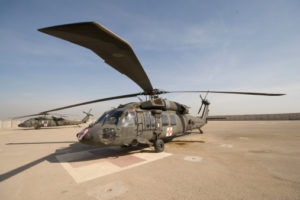Since bleeding is a major cause of death in combat causalities and civilian trauma cases, researchers recently examined the association between prehospital transfusions and survival after combat causalities in Afghanistan from 2012 to 2015. Of the 502 combat causalities (98% male) which qualified for the study, 55 soldiers received prehospital transfusions while 447 soldiers received standard emergency care without prehospital transfusion. Soldiers who received prehospital transfusions had a greater chance of survival within 24 hours compared to those who did not receive early transfusions (5% vs. 19% mortality, respectively; between-group difference -14% [95% CI, -21% to -6%]; p=0.01). Survival for 30 days post-transfusion also improved—11% vs. 23% mortality, respectively (between-group difference -12% [95% CI, -21% to -2%]; p=0.04). The researchers also found that the time to the initial transfusion (prehospital or hospital) was paramount to 24-hour survival (median time, 36 minutes after injury; adjusted hazard ratio, 0.17 [95% CI 0.04 to 0.73], p=0.02). Transfusions should be started as soon as possible after trauma to improve chances of survival.
References:
- Shackelford SA, del Junco DJ, Powell-Dunford N, et al. Association of prehospital blood product transfusion during medical evacuation of combat casualties in Afghanistan with acute and 30-day survival. JAMA 2017; 318 (16); 1581-1592.
- Elster EA and J Bailey. Prehospital blood transfusion for combat casualties. JAMA 2017; 318 (16); 1548-1549.


Very interesting!
Er…no disrespect but isn’t this kind of obvious?